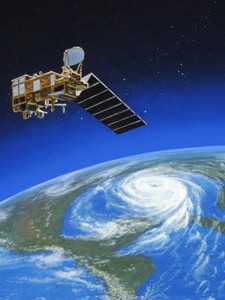
A new National Research Council report, co-chaired by Daniel Baker of CU/LASP and D. James Baker of the William J. Clinton Foundation, concludes that cooperation among federal agencies on space programs leads to costlier programs with greater risk and complexity.
Daniel Baker said, “In many cases, an individual agency would do well to consider alternatives to full partnerships and instead buy specific services or coordinate spaceflight data from other agencies. However, if full collaboration is deemed to be warranted, then the agencies must take special care to ensure that disciplined attention to systems engineering and best practices for project management are followed.”
The report also concurs with a previous Research Council report that recommends action by an executive branch entity above the agency-level to correct mismatches of authority and responsibility, inconsistent mandates, and budgets that are not well suited for emerging needs.
The report, Assessment of Impediments to Interagency Collaboration on Space and Earth Science Missions, was led by a committee that examined case studies from previous domestic and international missions, received briefings from several agencies, and drew upon committee members’ own experiences to reach its conclusions.
The National Research Council is the principal operating agency of the National Academy of Sciences and the National Academy of Engineering. NASA sponsored the study.



